The History of the Underground
The Metropolitan was actually the world’s first underground railway (Transport for London, 2023), and construction began in the 19th century. The first set of railways was completed between 1863 and 1905.
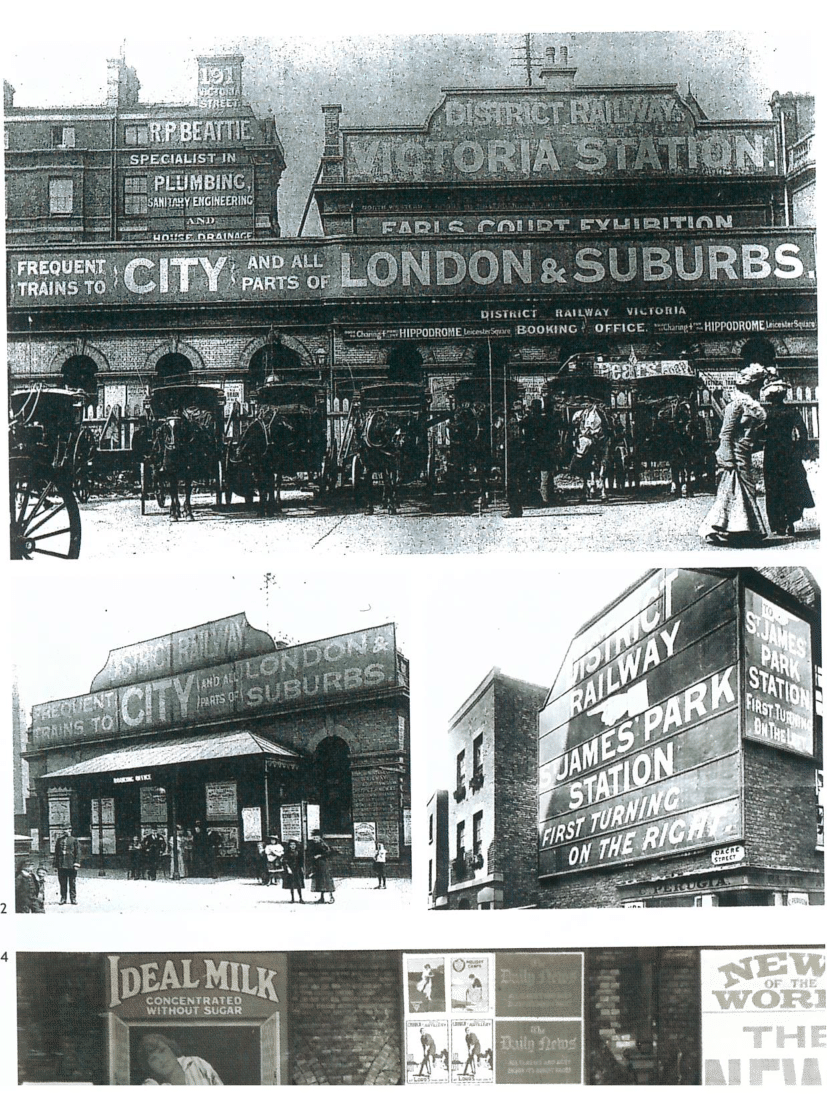
The modern underground started in 1908, where different rail and bus companies worked together to create a coherent network under the brand “Underground”, which made it’s first appearance in stations in this year (Transport for London, 2023). This year also sees the use of the famous underground symbol as we know it today.
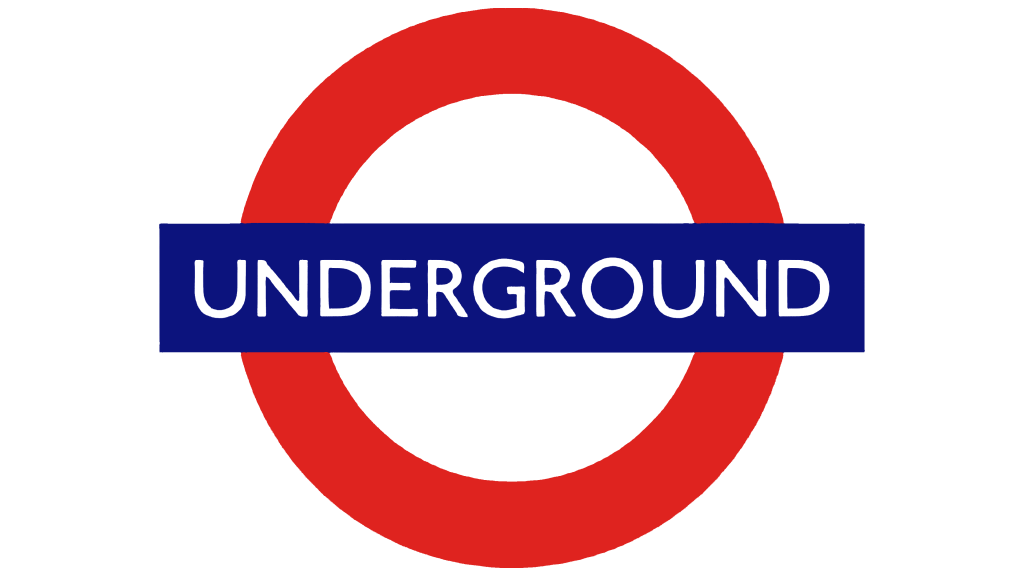
In the next 50-70 years, the underground expanded through private development, and by 1933, all transport companies running the different lines were nationalised. There were many achievements that happened between these years: the first aluminium train enters service on the District line, and the end of steam and electric locomotive haulage of London Transport passenger trains (Transport for London, 2023).
Finally, starting in 1968, new lines started to be added all across London.
All Current Lines
The oldest line is the Metropolitan Line, and the newest is the Jubilee Line.
| Name | Bakerloo | Central | Circle | District | Hammersmith & City | Jubilee | Metropolitan | Northern | Piccadilly | Victoria | Waterloo & City |
| Opened: | 1906 | 1900 | 1863 | 1868 | 1863 | 1979 | 1863 | 1890 | 1906 | 1968 | 1898 |
| Signature colour: | Brown | Red | Yellow | Green | Pink | Grey | Magenta | Black | Dark Blue | Light Blue | Turquoise |
Modern Culture and People
Students, tourists, commuters typically use the London Underground. You will often seen working people in skirts, suits and ties or ABC1 (People in professional occupations) running for the train, saying “excuse me!” or just shoving people out of the way.
Due to the chaotic nature of the Underground, you will meet many different characters and personalities. One notable person that comes to mind is a Tik Tok personality called “Tube girl” who films herself dancing between carriages. The general attitude Londoners have is very sarcastic, blunt and business-focused. Everyone tends to mind their business and it lends to a lot of funny situations happening where everyone else seems to look deadpan.


Iconography
The Underground has evolved with its’ own graphic styles reflecting the design philosophies of each era, and what they wanted commuters to get out of the Underground experience. While the Underground and its’ various lines are iconic by themselves, I found myself also fascinated by the posters. I went to the WSA Library and found this interesting book about the history and design of the Underground, London Underground by design, and these are some of my favourite posters.
Going era by era, I’m starting with these McKnight Kauffer poster collection from 1930-1938. There is a clear art deco and funky pattern to attract customers. They are described as “some of the most witty and imaginative” posters yet (Ovenden, M., 2013). I love the contrast of black with a colourful burst of energy from the surrounding colours. It feels like the underground was trying to show how modern and novel they were as a concept and brand.
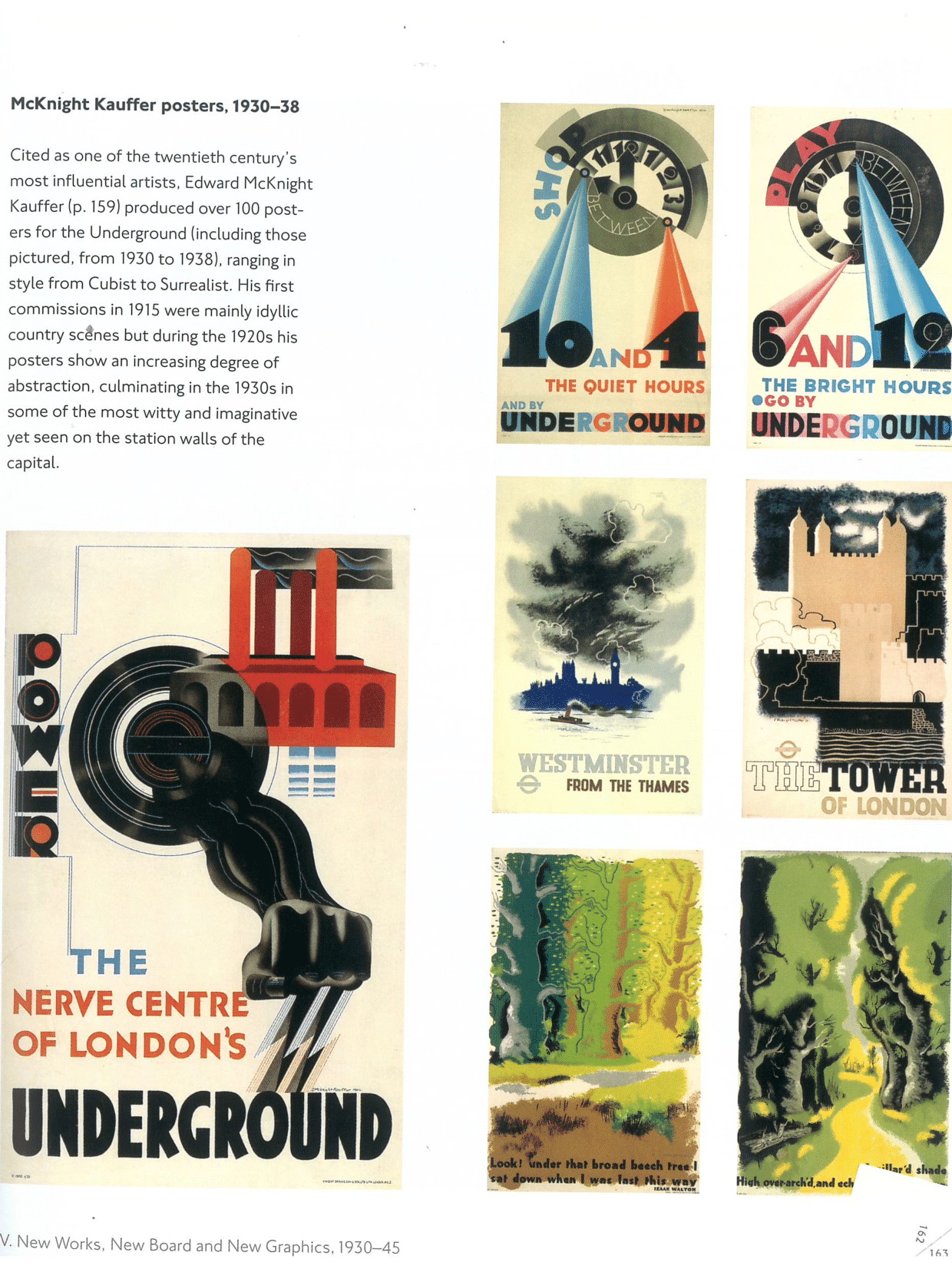
These Poster collections are from 1972-85. They are described as “retro looking” and “evocative” (Ovenden, M., 2013). I love the simplistic, miniamalist vector style of these, it symbolises the tube as an iconic symbol cemented in British history. Many of the vectors use recognisable symbols, such as the Royal guardsmen, Steam train and even the London Zoo.
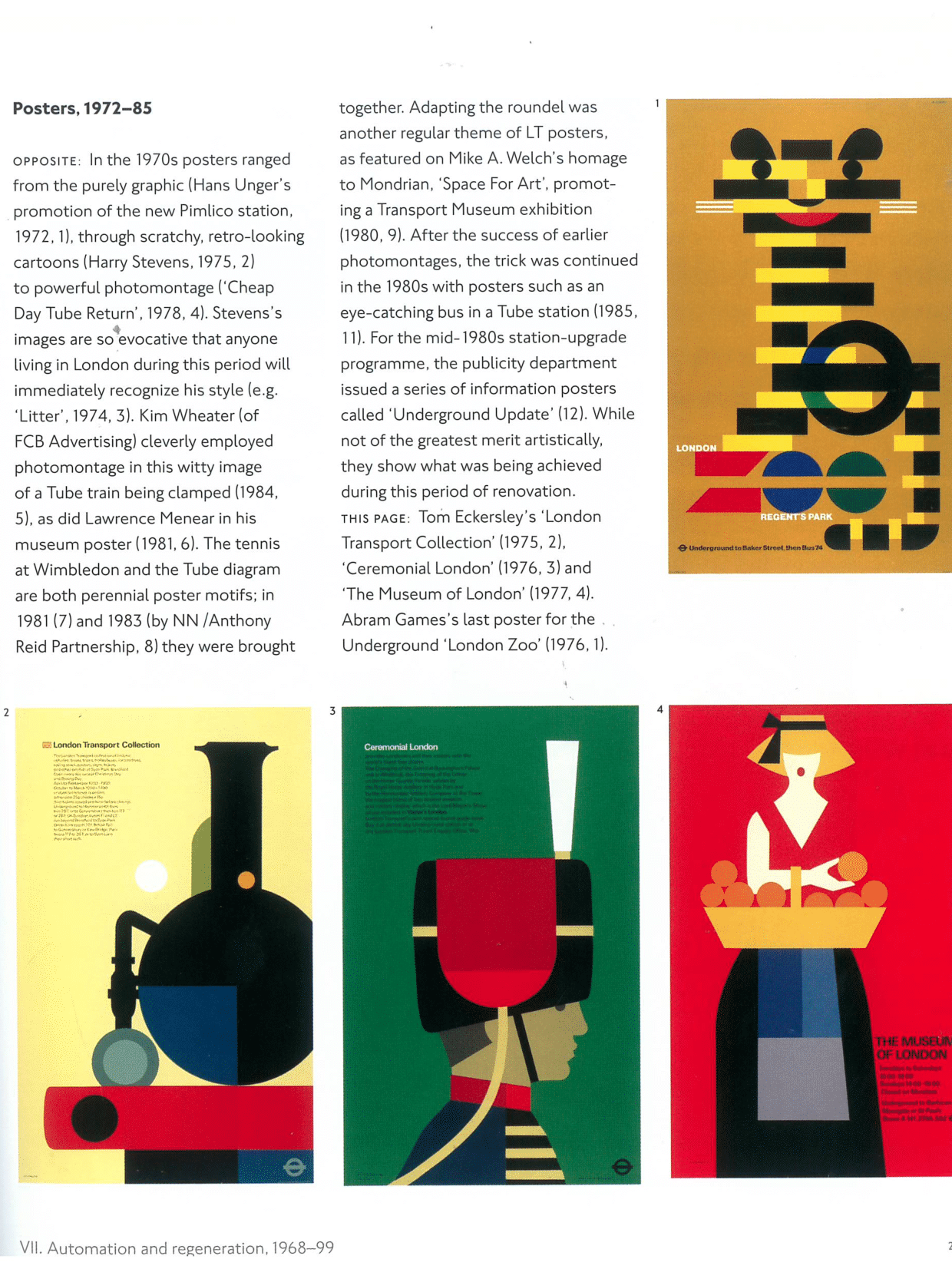
These posters are from the mid to late 90s. They reflect more of a futuristic style of adverts, some of them envisioning an open world full of freedom to travel anywhere; people as robots and quirky little depictions of the tube as painting lines. I think these have to be my most favourite, showcasing the tube as a tool for the future.
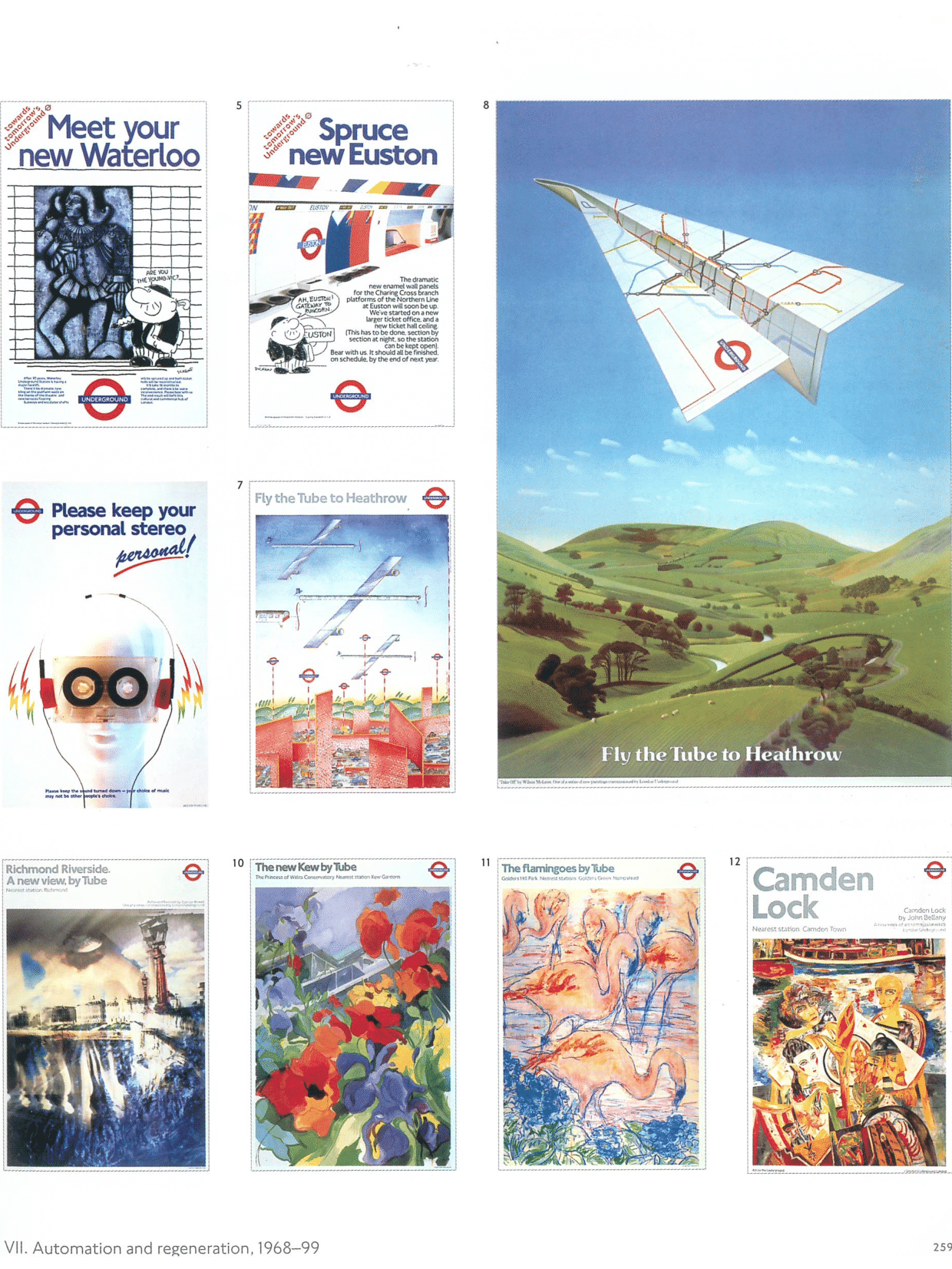
References
Transport for London (2023). A brief history of the Underground. [online] Transport for London. Available at: https://tfl.gov.uk/corporate/about-tfl/culture-and-heritage/londons-transport-a-history/london-underground/a-brief-history-of-the-underground.
Ovenden, M. (2013) London Underground by design. London: Penguin Books.